Raw bean file | Analysis of washing and baking of Chichu in Sidamo, Ethiopia
For professional baristas, please follow the coffee workshop (Wechat official account cafe_style)
Raw bean file | Sidamo, Ethiopia 1 Chichu Lot 1 30kg GrainPro
| 01 | introduction |
By Chris Kornman
We are about to open a new door to Ethiopia in Africa, the hometown of coffee all over the world. The coffee here is unforgettable and unforgettable with the sweet smell of flowers.
The Chichu washing treatment plant is located in the Gedeo area of Yegashefi, which belongs to the province of West Dharma. More than 600 farmers participate in the annual planting and harvest, and the harvest season in this area begins in October every year. The climate here is cool and the temperature is relatively low, so the fermentation time is longer, up to 48 hours. The drying process is also carried out here, and it takes more than two weeks to dry through the traditional elevated way of drying. At noon, due to the higher temperature, shading protection is needed, and due to the lower temperature at night, it also needs to be sheltered, insulated and protected from rain.
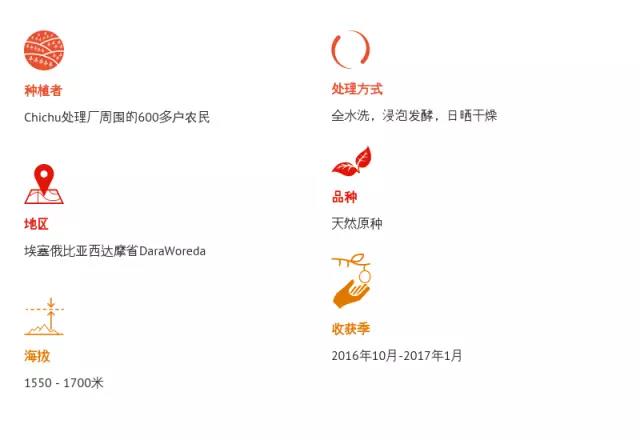
02 | Analysis of raw beans
By Chris Kornman
Arabica coffee is arguably the most genetically pure of all crop varieties in the world, while Arabica coffee is the most abundant in Ethiopia. There are more than 100 kinds of original coffee grown commercially in Ethiopia, and many other varieties have been studied by the government and some private institutions to find better disease-resistant and high-yielding varieties.
The characteristics of fresh Ethiopian Grade 1 coffee are very obvious, including high hardness, low water content and water activity, and small bean grains. This batch of coffee is slightly larger and more uniform than the coffee from Sidamo I have seen before, with about 2/3 of beans in 15-16 mesh, which is more convenient for roasting operation.
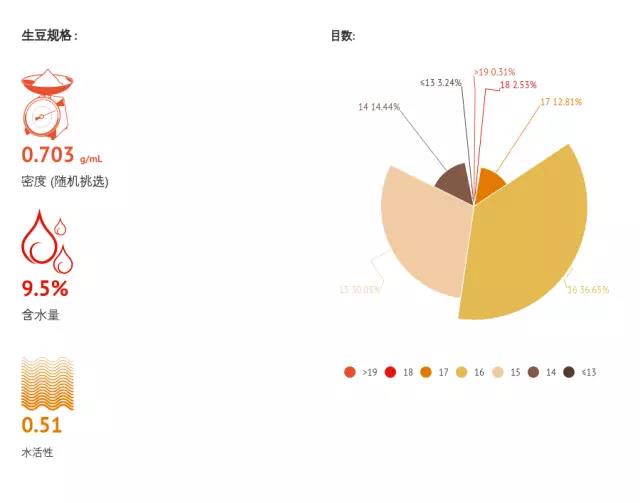
03 | Baking analysis
By Chris Kornman
I have done two batches of baking, the baking time and color value are the same, but the baking process is different. The main difference is the heating rate after the start of the first detonation, the first batch, namely PR-574, rises after the initiation of the first explosion, while the second batch, namely PR-575, cools.
For high-density beans, my usual baking method is to use a big fire into the Mena reaction, and then slightly reduce the firepower, especially for beans from Ethiopia. The roasting effect of PR-574 (red line) is very good, coffee is supple and complex, with complex floral aromas, pear and apricot flavors, clean taste and a touch of BlackBerry.
The second batch of PR-575 (blue line) baking time is slightly shorter, slightly more firepower. The only time I adjusted my firepower was to increase my firepower a little after entering an explosion. The color of beans is slightly darker, the aroma of flowers is not obvious in the cup, and the aroma of fruit is fully developed, including honey, peach, dried figs and warm fruit.
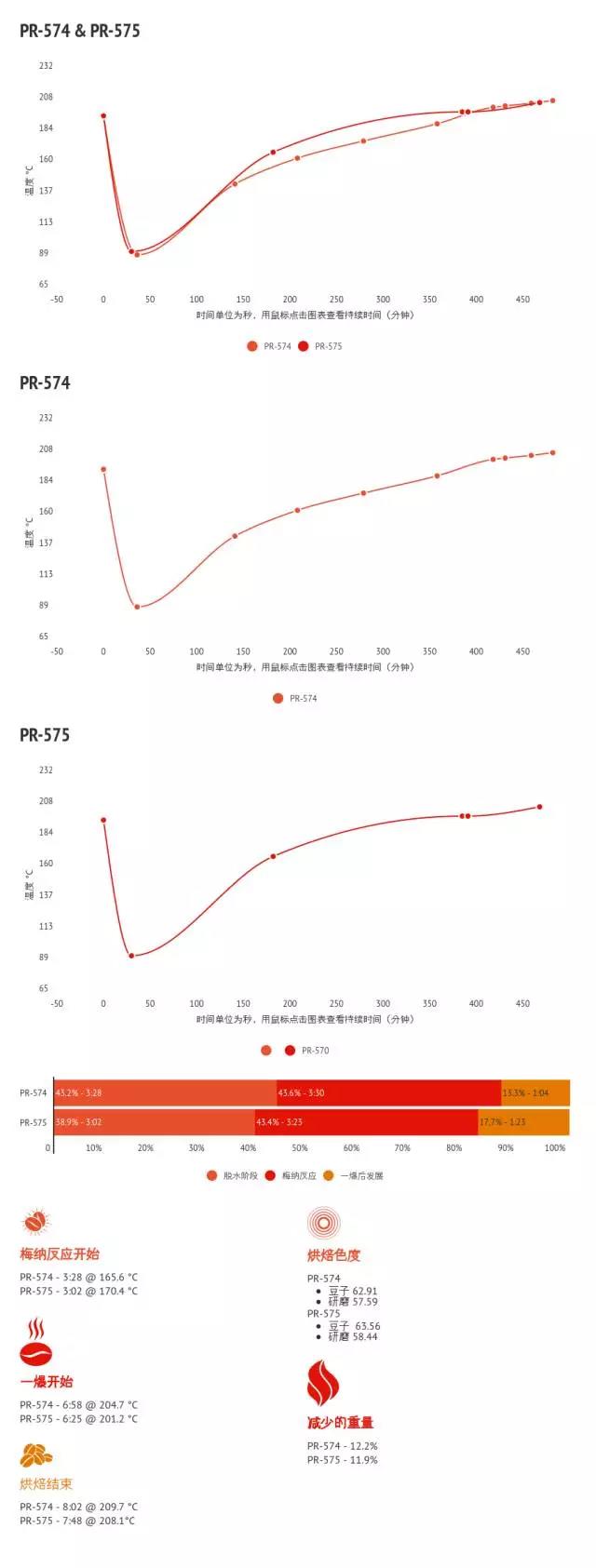
04 | Cooking analysis
By Chris Kornman
Usually we use the same cooking method to test, but this time I chose to compare two of my favorite cooking methods, namely Kalita Wave and Chemex. Cooked with chemex, the palate is soft with flavors like pears and raisins, cardamom and a hint of flowers, as well as cilantro and yellow chrysanthemum. With Kalita, the extraction rate is higher and the taste is more complex, with jasmine tea and Linden flavors, smoother overall, syrup-like sweetness, and peach and grape flavors. All the people who took part in the test liked both models so much that it was difficult to choose which was better.
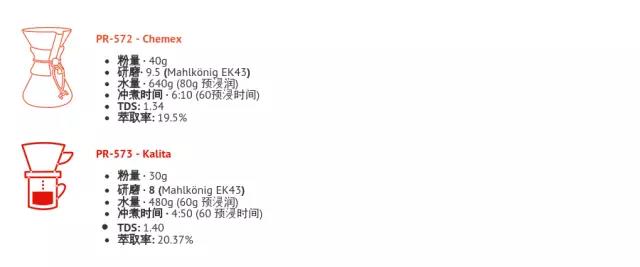
Important Notice :
前街咖啡 FrontStreet Coffee has moved to new addredd:
FrontStreet Coffee Address: 315,Donghua East Road,GuangZhou
Tel:020 38364473
- Prev
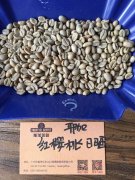
[baking experience] the roaster Yang's baking curve of Yejafei red cherry coffee beans
How is the baking curve of Yejashafi coffee beans designed? How to confirm the best time to bake coffee beans? This question is actually asking how to design the baking curve of coffee beans. In fact, the best time point will not be the basis for final judgment. It doesn't mean that your baking degree or quality will be the same when you are exactly a few minutes and seconds poached beans. It also involves coffee.
- Next
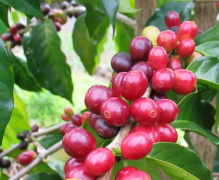
Introduction to the environmental brewing method of Rwanda Red Bourbon Coffee Flavor
You have heard or have tried ancient coffee varieties with elegant flavor: Typica Tibica derived varieties such as Manning, Blue Mountain, Elephant beans, Kona, Geisha. I believe many coffee lovers have also heard of strong lemon aromas, full and refreshing acidity, high sweetness of chocolate and nutty aromas. A brief description of the origin of the bourbon species was first found in the bourbon island (Island)
Related
- Detailed explanation of Jadeite planting Land in Panamanian Jadeite Manor introduction to the grading system of Jadeite competitive bidding, Red bid, Green bid and Rose Summer
- Story of Coffee planting in Brenka region of Costa Rica Stonehenge Manor anaerobic heavy honey treatment of flavor mouth
- What's on the barrel of Blue Mountain Coffee beans?
- Can American coffee also pull flowers? How to use hot American style to pull out a good-looking pattern?
- Can you make a cold extract with coffee beans? What is the right proportion for cold-extracted coffee formula?
- Indonesian PWN Gold Mandrine Coffee Origin Features Flavor How to Chong? Mandolin coffee is American.
- A brief introduction to the flavor characteristics of Brazilian yellow bourbon coffee beans
- What is the effect of different water quality on the flavor of cold-extracted coffee? What kind of water is best for brewing coffee?
- Why do you think of Rose Summer whenever you mention Panamanian coffee?
- Introduction to the characteristics of authentic blue mountain coffee bean producing areas? What is the CIB Coffee Authority in Jamaica?

